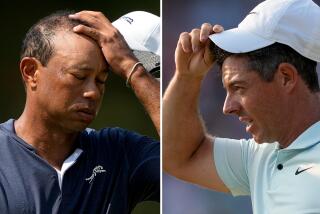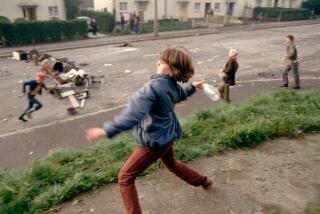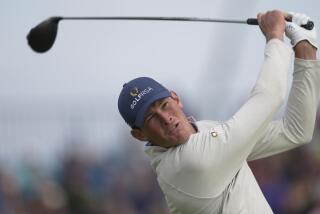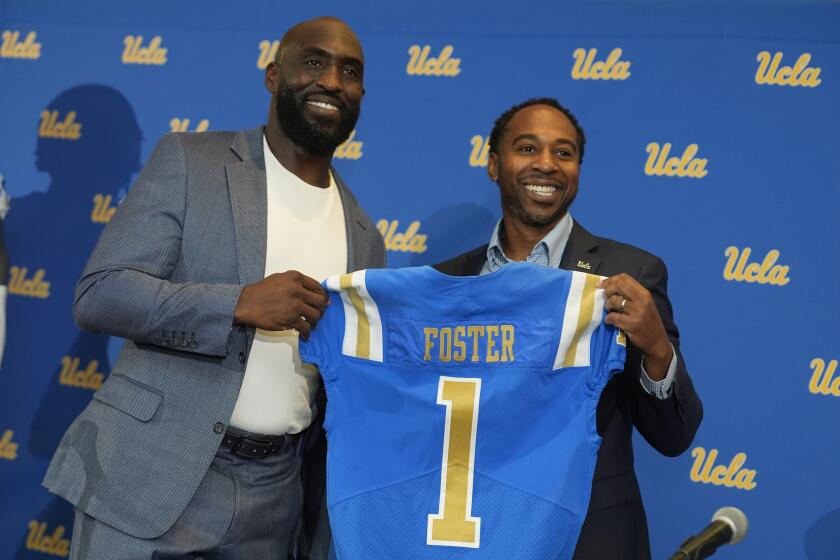British Open returns 68 years later to a changed Northern Ireland
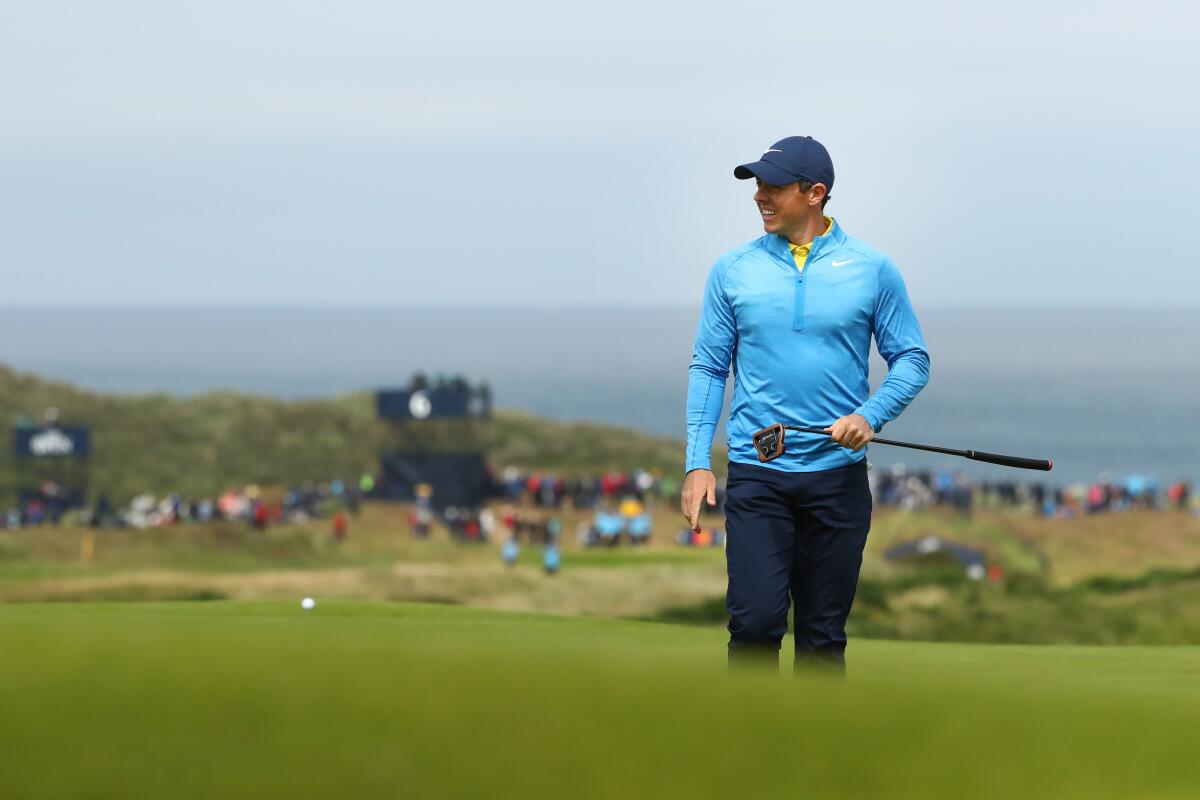
PORTRUSH, Northern Ireland — For Rory McIlroy, it’s still so surreal.
The golf world has descended on Royal Portrush, a seaside course that played such a prominent role in his childhood, and this beautiful but beleaguered land — which still bears the scars of domestic terrorism and sectarian strife — is playing host to the British Open for the first time in 68 years.
“Portrush has been a very big, at least the golf club, has been a big part of my upbringing,” McIlroy said Wednesday. “It’s sort of surreal that it’s here. Even driving in yesterday, when you’re coming in on the road and you look to the right and you’ve got the second tee, I don’t know who was teeing off, maybe Tony Finau and someone else, sort of strange to see them here.”
This is more than a mere golf tournament, and even more than a major championship. It’s a long-awaited stamp of approval for the British province looking to redefine itself and further distance itself from “The Troubles,” a 30-year period of politically and religiously motivated violence.
“Sport has an unbelievable ability to bring people together,” said McIlroy, who grew up an hour south in the Belfast neighborhood of Hollywood, and has won every major but the Masters. “We all know that this country sometimes needs that. This has the ability to do that.”
The early indications are promising. According to the Royal & Ancient Golf Club, which oversees the tournament, the event is a sellout and is expected to draw 237,750 spectators over the course of the week, the second-largest attendance for an Open Championship outside of St. Andrews in Scotland.
“In previous years, I’ve said the big-time sport needs big-time crowds, and I think this clearly shows the Open is going from strength to strength,” said Martin Slumbers, chief executive of the R&A.
Weather figures to be a factor in this place where, the saying goes, you can see all four seasons in one day. People caught a glimpse of that Wednesday, when roiling skies gave way to sideways rain, followed by spectacular sunshine. The friendly and excited disposition of the locals is unwavering.
“The people have been absolutely fantastic,” said Tiger Woods, noting he’s never been this far north. “They’re so respectful. We used to come over here all the time and fish with the late Payne Stewart and [Mark] O’Meara and I, and we used to go fishing all around Ireland, and play golf, and enjoy coming over here and playing.”
Sign up for our daily sports newsletter >>
Not all the memories are good. Darren Clarke, who won the Open in 2011, grew up in Northern Ireland and narrowly escaped tragedy in 1986 while working at a bar.
“The bomb scare at 8:30 [p.m.], everybody out, bomb went off at 9,” he said. “The place was flattened.
“That was life in Northern Ireland. Bombs were going off quite frequently. And a lot of people, unfortunately, paid a heavy penalty for being in the wrong place at the wrong time. But that was our life back there at that stage.”
The battle lines were drawn between Unionists, mostly Protestant, and Roman Catholic supporters of a unified Ireland. More than 3,700 people were killed over the course of the unrest. Even after the Good Friday Agreement in 1998 led to a fragile end to The Troubles, a smattering of sectarian violence remains. In Belfast and elsewhere, there are still-standing walls separating Catholic and Protestant neighborhoods.
“You think about that stage, when everything was going on, whether we were ever going to have a tournament such as this,” Clarke said. “It was beyond the realms of possibility. It was just never going to happen. So to get to the point where you guys [reporters] are all sitting here doing this, has been an incredible journey for what we’ve all come through.”
That type of violence was far more common in larger Belfast and Londonderry than in places like bucolic Portrush, where people often came to escape the bigger population centers. The rolling hills and spectacular cliffs around Portrush are among the reasons the region was one of the shooting locations for “Game of Thrones.”
“There are a lot of people like ourselves who quite honestly don’t care about flags and just want to live peacefully and get on with their neighbors whether they’re Catholic, Protestant, Hindu, Muslim, whatever they are,” said Alan McVicker, who was born and raised in Portrush, and whose family owns part of the land on which the course sits.
“This is a massive thing for the North Coast, for Northern Ireland, for Ireland,” he continued. “This is the first time it’s come back since 1951, and the world has moved on and changed unbelievably in that time. It’s really lovely to walk around and hear people just so excited about it.”
Said Wilma Erskine, secretary manager of Royal Portrush and a key factor in bringing the tournament back for only the second time it has been played somewhere other than England or Scotland: “The Open coming back here is showing the world that Northern Ireland is peaceful, it’s a great place to live, a great place to visit.
“We’ve come through a lot of trouble over the years, the difficulties, and now we’ve got something very unique to show the world. It’s going to be tremendous for economic benefit, for tourism. We’re going to be showcasing.”
More to Read
Go beyond the scoreboard
Get the latest on L.A.'s teams in the daily Sports Report newsletter.
You may occasionally receive promotional content from the Los Angeles Times.

